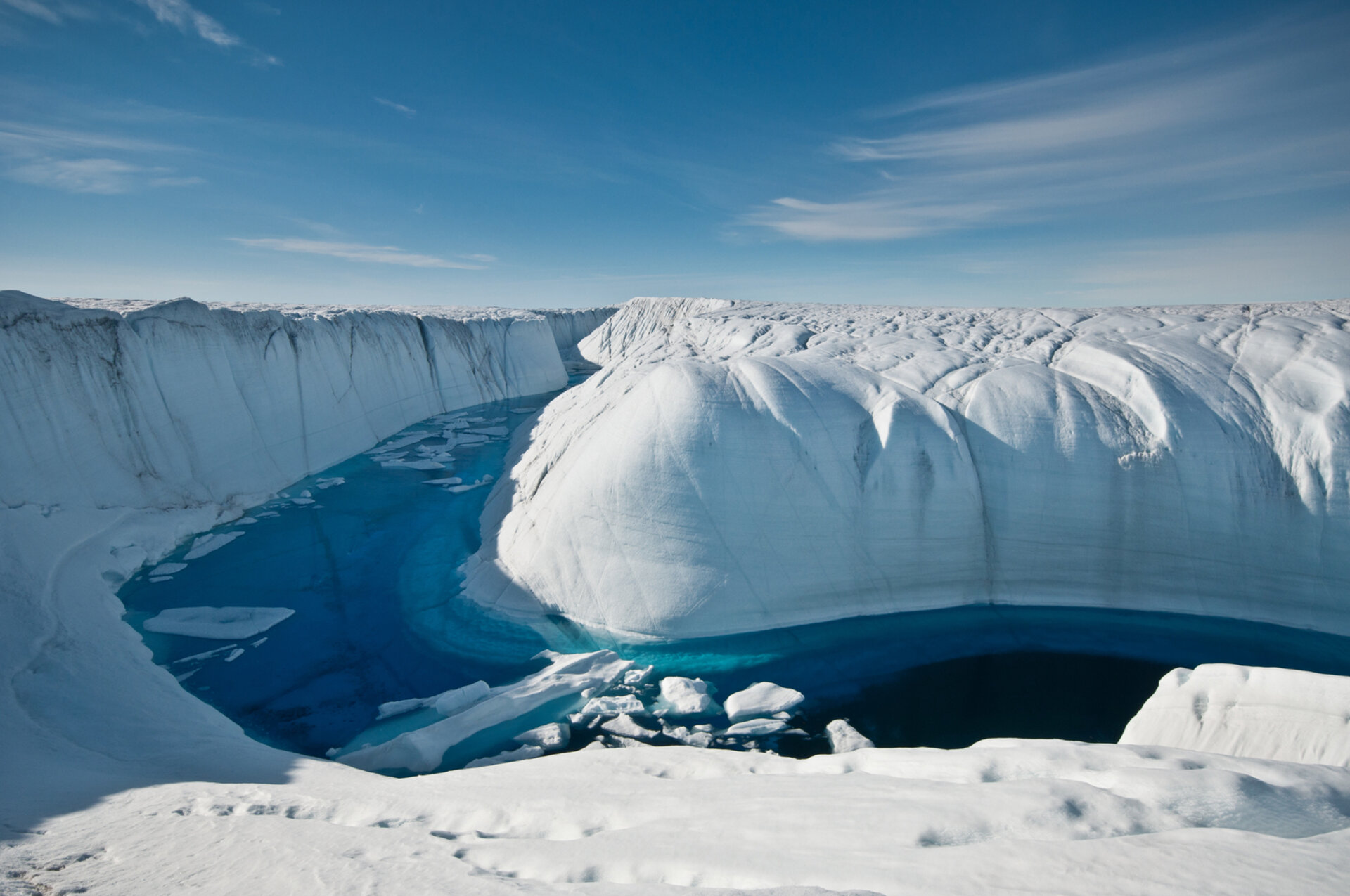
Imagine standing on a glacier that holds secrets from thousands of years ago—only to watch it melt away forever. That’s the heart-wrenching reality for Austrian glaciologist Dr. Andrea Fischer, who has spent over two decades studying the majestic glaciers of the Alps. But now, those icy time capsules are disappearing at an alarming rate.
🔬 These glaciers aren’t just frozen water. They contain ancient climate records—trapped twigs, leaves, and air bubbles—that help scientists understand how Earth’s climate has changed over thousands of years.
☀️ But due to rising temperatures, particularly in the Alps, which have warmed nearly twice as fast as the global average, this natural history is vanishing. The Jamtal glacier, for example, is melting faster than ever before— losing over a meter of its surface each year.
❄️ Why This Matters
Each layer of ice holds clues about Earth’s past temperatures, snowfall, and environmental conditions. Scientists use this data to build models and predict the future of our planet. If these glaciers vanish, so does our ability to fully understand the past—and prepare for what’s coming.
In fact, by the end of this summer, scientists fear that up to 300 years’ worth of climate data could melt away. Fischer says, “We need this data to understand what lies ahead.”
🏔️ The Race Against Time
Dr. Fischer and her team are working tirelessly, drilling into the ice to extract samples before it’s too late. But it’s not just the scientists who are noticing the change. Locals in Galtür, the village closest to the glacier, are heartbroken. Once a proud glacier-filled valley is now becoming a rocky path, and even new plant species are growing where ice used to be.
Some organizations, like the Alpine Club, are offering “Farewell Glacier” tours to educate visitors about climate change and glacier loss. It’s a way to say goodbye—but also raise awareness.
💬 Final Thoughts
“My heart is bleeding,” says a local lodge caretaker, pointing at an old photo of the once-mighty glacier now reduced to a distant patch of ice. But while the loss is painful, there's hope that by spreading awareness, we can inspire action.
Let’s protect our planet—before the last ice melts away.
📘 Tags: Climate Change, Melting Glaciers, Alpine Science, Environmental Education, Austria, Global Warming
🔗 Related Read: How Students Can Tackle Climate Change in Their Communities
🔗 Other Useful Links
- News By Amurchem
- Free Web Development Course
- All-in-One Exam Prep Portal
- Articles by Amurchem
- Grade 12 Section
- Grade 11 Section
- Grade 10 Section
- Grade 09 Section
- Home and Online Tuition
- Labs By Amurchem
- Science Lectures By Amurchem
© 2025 AmurChem. All rights reserved.





